Visitor's Guide
At Science Centre, we know that knowledge isn't one size fits all, just like our human body! As such, we've curated a guide with a range of resources to accompany you on your exploration of the exhibits.
Download it here: Visitor's Guide
For those of you just getting to know the human body, or who want a short sneak-peek into its inner workings, skip straight to the back for a fun crossword that you can find clues to as you experience each of the exhibits.
For inquisitive minds who wish to probe the mysteries of the human body and uncover its mechanics, give the pre- and post-exhibit thinking questions a try! They'll pique your curiosity as you engage with each exhibit and provide some food for thought.
Last but definitely not least, our guide contains scientific explanations and medical trivia for those who wish to gain deeper insight into the intricacies of the human body and impart that knowledge to others. It's also suitable for independent learners who want to puzzle over the mechanics of the human body in more detail.
Additional tidbits within include suggestions on how to plan your visit, information on which exhibits are suitable for various age groups, as well as career guidance information!
Additional Resources
If you are interested in looking for additional resources and learn more about the human body, you may refer to the list below. These eResources are curated by the National Library Board (NLB), to promote knowledge discovery through diverse mediums including books and videos.
Primary Level
-
Books
-
Online Videos
Bones | The Dr. Binocs Show | Learn Videos For Kids
[YouTube] Channel: Peekaboo Kidz
Synopsis:
Learn about different bones, their names, and their functions with Dr. Binocs.
What If You Never Cut Your Fingernails? | COLOSSAL QUESTIONS
[YouTube] Channel: Colossal Cranium
Synopsis:
Fingernails just keep growing and growing until you finally cut them down to size. But what would happen if you never cut your fingernails and jut let them grow?
Tricks To Play On Your Friends | Science for Kids |
[YouTube] Channel: Operation Ouch
Synopsis:
Tune in to learn a lot of incredible tricks to play on your friends! Convince your friends you can read their minds, prove to them how strong you are and much much more through these fun tricks taught by Dr Chris and Dr Xand. You do not want to miss this!
What Colour Is This Dress? (SOLVED with SCIENCE)
[YouTube] Channel: AsapSCIENCE
Synopsis:
What colour do you see? Yellow and white, or blue and black? Mitchell Moffit and Greg Brown explain the science behind the dress that broke the internet.
Why Do Humans Have a Third Eyelid? - Dorsa Amir
[YouTube] Channel: TED-Ed
Synopsis:
You know that little pink thing nestled in the corner of your eye? It’s actually the remnant of a third eyelid. In humans, it’s vestigial, meaning it no longer serves its original purpose. There are several other vestigial structures in the human body, quietly riding along from one of our ancestor species to the next. But why have they stuck around for so long? Dorsa Amir investigates.
Secondary Level
-
Books
-
Online Videos
Hair Experts Debunk 15 Hair Myths | Debunked
[YouTube] Channel: Insider Science
Synopsis:
Trichologist Anabel Kingsley and dermatologist Camille Howard-Verovic debunk 15 myths about hair. They explain why hair doesn't grow faster when you constantly cut it, the true cause of dandruff, and whether shampooing causes hair loss.
What would happen if you didn’t drink water? - Mia Nacamulli
[YouTube] Channel: Peakaboo Kidz
Synopsis:
Water is essentially everywhere in our world, and the average human is composed of between 55 and 60% water. So what role does water play in our bodies, and how much do we actually need to drink to stay healthy? Mia Nacamulli details the health benefits of hydration.
Do You Really Need 8 Hours of Sleep Every Night? | Body Stuff with Dr. Jen Gunter | TED
[YouTube] Channel: TED
Synopsis:
When you can't sleep, you're desperate for help. And there's a booming industry waiting to tell you all the ways a lack of sleep can ruin your health -- and to sell you fancy gadgets to help you finally doze off. Shedding light on this flawed doomsday messaging, Dr. Jen Gunter explains why you shouldn't lose sleep over sleep -- and what to do instead.
Why Stubbing Your Toe Hurts So Much
[YouTube] Channel: Insider Science
Synopsis:
Stubbing your toe hurts so much because you’re slamming a tiny surface with a force equal to 2-3 times your bodyweight. Then a bundle of nerve endings called nociceptors fire a danger signal to your brain. Although it’s not pleasant, this pain might have helped your ancestors step carefully and avoid injury and infection.
The Heart, Part 1 - Under Pressure: Crash Course Anatomy & Physiology #25
[YouTube] Channel: Crash Course
Synopsis:
Your heart gets a lot of attention from poets, songwriters, and storytellers, but today Hank's gonna tell you how it really works. The heart’s ventricles, atria, and valves create a pump that maintains both high and low pressure to circulate blood from the heart to the body through your arteries and bring it back to the heart through your veins. You'll also learn what your blood pressure measurements mean when we talk about systolic and diastolic blood pressure.
Meta Cookie at Exploratorium After Dark
[YouTube] Channel: Exploratorium
Synopsis:
Takuji and Takashi from the University of Tokyo have created a system that uses augmented reality to control the flavor of an actual cookie. By presenting the image of a cookie through a virtual reality headset, then reproducing the scent through perfume tubes, Meta Cookie may trick you into thinking that a plain sugar cookie is actually an almond or chocolate cookie!
The Science of Spiciness - Rose Eveleth
[YouTube] Channel: TED-Ed
Synopsis:
When you take a bite of a hot pepper, your body reacts as if your mouth is on fire -- because that's essentially what you've told your brain! Rose Eveleth details the science and history behind spicy foods, giving insights into why some people continue to pay the painful price for a little spice.
Neuroscientist Explains the Laurel vs. Yanny Phenomenon | WIRED
[YouTube] Channel: WIRED
Synopsis:
The Laurel vs. Yanny debate once took the internet by storm. WIRED's Louise Matsakis speaks with Tyler Perrachione, PhD, about why certain people hear Laurel when playing the now-infamous audio clip and others hear Yanny.
Do You See A Face? You're Actually Hallucinating - Susan G. Wardle
[YouTube] Channel: TED-Ed
Synopsis:
Imagine opening a bag of chips, only to find Santa Claus looking back at you. Or turning a corner to see a building smiling at you. Humans see faces in all kinds of mundane objects, but these faces aren’t real— they're illusions due to a phenomenon known as face pareidolia. So why exactly does this happen, and how far does this distortion go? Susan G. Wardle explores why we see illusory faces.
How Every Movie & Video Game Tricks Your Brain
[YouTube] Channel: BeSmart
Synopsis:
Movies. Video games. YouTube videos. All of them work because we accidentally figured out a way to fool your brain’s visual processing system, and you don’t even know it’s happening. In this video, BeSmart talks to neuroscientist David Eagleman about the secret illusions that make the moving picture possible.
Caution: This video may contain flashing images that could trigger seizures or discomfort for individuals with photosensitive epilepsy or visual sensitivities. If you are sensitive to such visual stimuli, it's best to avoid watching this video.
How optical illusions trick your brain - Nathan S. Jacobs
[YouTube] Channel: TED-Ed
Synopsis:
Optical illusions are images that seem to trick our minds into seeing something different from what they actually are. But how do they work? Nathan S. Jacobs walks us through a few common optical illusions and explains what these tricks of the eye can tell us about how our brains assemble visual information into the 3D world we see around us.
Parents and Teachers
-
Books
-
Online Videos
How Your Eyes Make Sense Of The World | Decoder
[YouTube] Channel: National Geographic
Synopsis:
How does the eye work exactly? In the latest video from Decoder, learn some of the extraordinary science behind how your eyes and brain work together to perceive the world around you.
Why You're Taller In The Morning Than At Night
[YouTube] Channel: Business Insider
Synopsis:
If you've ever woken up and felt on top of the world it may be because you're actually a little taller in the morning than at night. Here's the science behind it.
What Are Those Floaty Things In Your Eye? - Michael Mauser
[YouTube] Channel: TED-Ed
Synopsis:
Sometimes, against a uniform, bright background such as a clear sky or a blank computer screen, you might see things floating across your field of vision. What are these moving objects, and how are you seeing them? Michael Mauser explains the visual phenomenon that is floaters.
Understanding Dementia and The Latest Therapies In Singapore | On The Pulse | Full Episode
[YouTube] Channel: CNA Insider
Synopsis:
In this video, host Germaine Tan gets the low-down on a new drug for those with Alzheimer’s disease, learns how Asian dementia differs from the west and how murals on flats can help. She also gets her hands on a new therapy tool designed to jog the memory of elderly folks. And does writing things down help you remember them better? Germaine puts herself to the test!
Why You Can't Smell Yourself (and Other Ways Your Senses Lie To You)
[YouTube] Channel: Be Smart
Synopsis:
There is an absolutely weird, but surprisingly common phenomenon called sensory adaptation that you experience every day in countless ways without even realizing it. Without this very strange phenomenon, you would be lost, overwhelmed, and completely unable to navigate the external world. In this episode, we’ll explore the many ways your brain “tunes out” most of what’s going on around you so that you can be the high-functioning smart people that we know you are.
Why Some People Don't Have an Inner Monologue
[YouTube] Channel: SciShow
Synopsis:
Do you always have an inner monologue? Can you imagine not having one? Or maybe you've never had an inner monologue and wondered what it would be like? Psychologists are beginning to study that voice inside your head—and it's much more complicated than you might think!
Aphantasia: The People Who Can't Visualise |'Out of Mind'|
[YouTube] Channel: WIRED UK
Synopsis:
If you close your eyes and picture an apple, how clear is that apple in your mind? Most people can visualise images in their head instantaneously - this known as the mind's eye. But in 2015, a scientific study shed new light on the relatively unheard-of phenomenon known as aphantasia, a mental blindness where the brain is unable to call images to the mind eye. This short documentary uncovers the root cause of a person's emotional detachment from people and events - and the unexpected advantages that come with it.



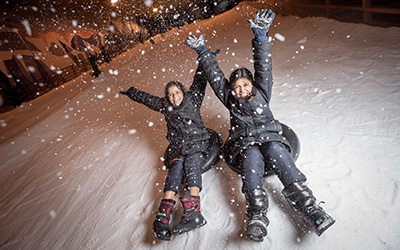
.jpg)
d1-01.jpg)


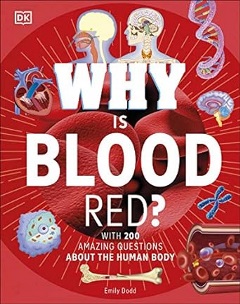
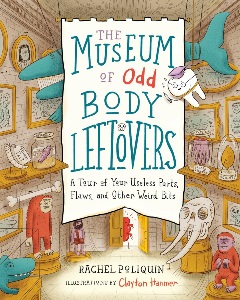
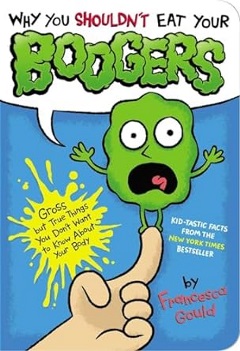
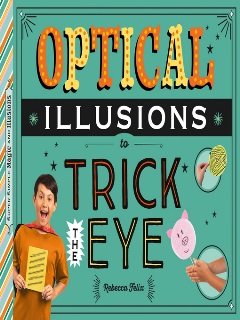
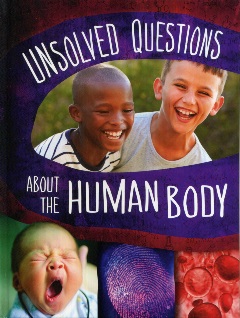
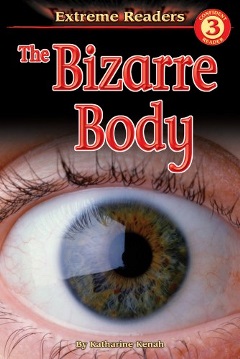
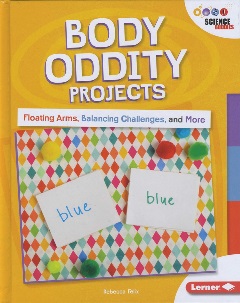
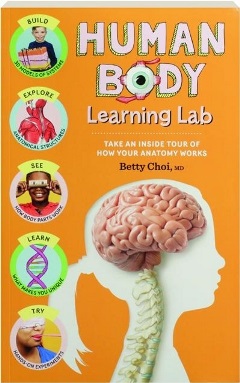
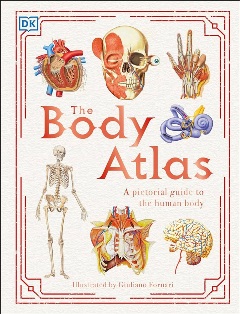
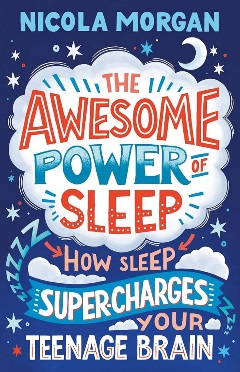
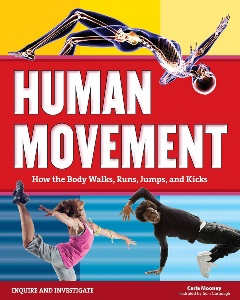
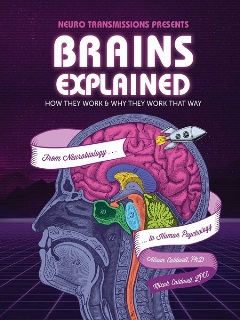
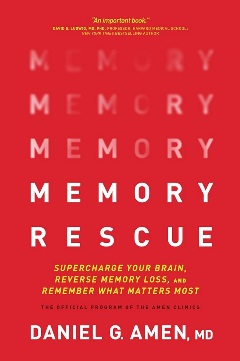
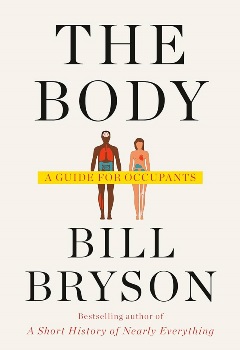
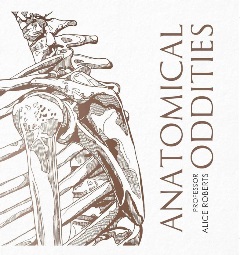
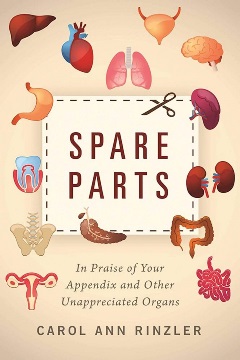
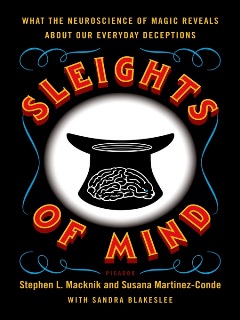 Only available in eBook format
Only available in eBook format